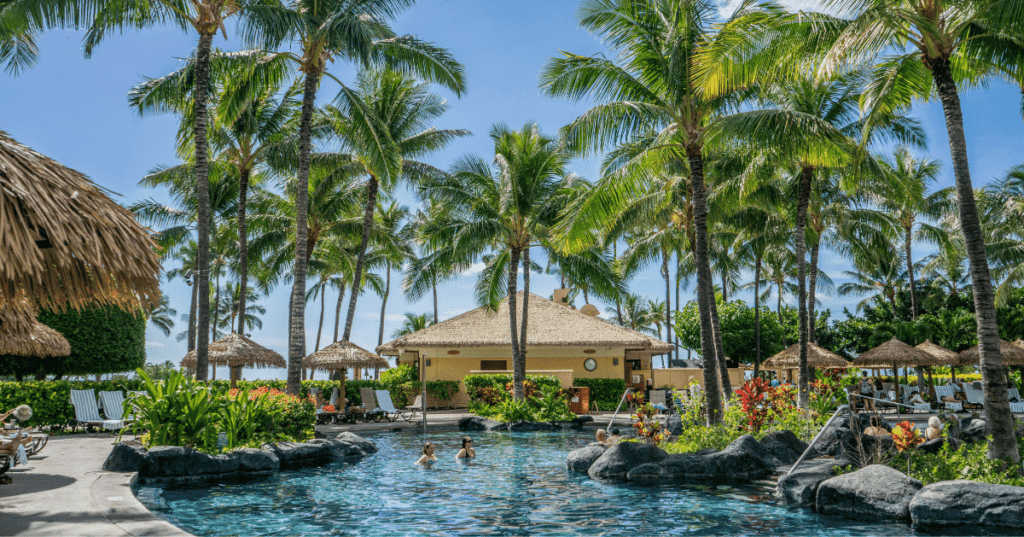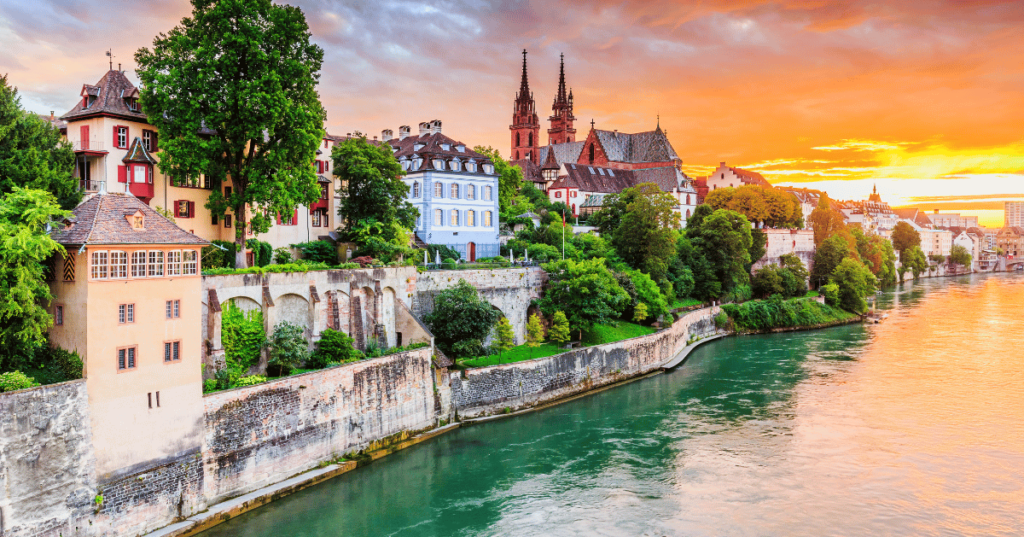My favorite place in Kuala Lumpur is Chinatown, because it is a combination of old traditions with wonderful new ideas. I love walking its busy streets and alleys; they always help me find something new and amazing. The first time I visited Chinatown KL, there was no shortage of excitement.
So if you are thinking about it, what’s so special about Chinatown Kuala Lumpur? Well, the answer is that there are many key tourist attractions here in the Chinatown of Kuala Lumpur, like RexKL, which is a cultural hub that has given the area a new spirit, the Else Hotel, a restored art deco building, and many more.
Chinatown in KL is also known as a home to important cultural landmarks. Sin Sze Si Ya Temple and Sri Mahamariamman Temple offer a peaceful break from the busy streets and a look into the area’s rich history.
Now let’s find out in this post all you need to know about Chinatown Kuala Lumpur, what there is to see and do, and where to stay in Chinatown KL. So, let’s get started!
How to Get Chinatown Kuala Lumpur?
The quickest way to get to Chinatown in Kuala Lumpur is by public transport. Take the monorail to Maharajela Station, which stops at the southern end of Petaling Street.
You can also take the MRT from KLCC or KL Sentral to Pasar Seni, near Central Market. Some visitors prefer to walk from Bukit Bintang, which takes about 15 minutes.
For a more direct route, you can take a taxi or use ride-hailing apps like Grab. This is especially useful if you deliver or want to work door-to-door. These roads make it easy to get to Chinatown Kuala Lumpur, whether you prefer public transport, walking, or a direct taxi.
How is the Chinatown of Kuala Lumpur?
The Chinatown neighborhood in Kuala Lumpur is a vibrant combination of tradition and modernity. Petaling Street is its center, where there are shops and stalls selling everything from clothes to street food.

In addition to its rich culture, the area also features significant temples, including Sin Sze Si Ya Temple and Sri Mahamariamman Temple, which reflect its spiritual heritage.
In recent years, Chinatown has also accepted modern landmarks such as RexKL, which is a cultural hub for events and exhibitions. Locals & tourists love to visit here because of its vibrant street art, which adds to its unique charm. With its mix of old and new, Chinatown offers an exciting and dynamic experience.
What Makes Chinatown Kuala Lumpur so Special?
Chinatown, Kuala Lumpur, has become special and unique because of its blend of history, culture, and modern vibrancy, making it a standout destination in the city. One of the reasons it’s so special is its rich cultural mix.

You will find a fascinating combination of Chinese heritage and Malaysian influences during your visit, including its well-preserved colonial buildings, vibrant street markets, and traditional temples.
Chinatown KL is not just about history; it’s a living part of the city where the old and new coexist harmoniously.
The area is renowned for its street food, offering a variety of delicious local dishes like nasi lemak and Hokkien mee. These tasty foods, along with the lively atmosphere of Petaling Street and Central Market, create an unforgettable experience for both locals and tourists.
Things to Know Before Visiting Chinatown Kuala Lumpur
Before visiting Chinatown in Kuala Lumpur, there are a few important things to know to make your trip smoother and more enjoyable.
- The best time to visit China Town, KL, is early in the morning or late in the afternoon so that you can avoid crowds and heat.
- You must carry Malaysian ringgit (MYR) in small denominations for street purchases.
- Bargaining is common in markets, especially on Petaling Street.
- It is recommended to wear modest clothes when visiting temples.
- Be careful of pickpockets in crowded areas.
- Use public transport like the LRT for easy access to Chinatown.
- Show respect at religious sites and ask permission before taking photos of people.
Things to see & do in Chinatown, Kuala Lumpur
Chinatown in Kuala Lumpur offers a wealth of activities and sights that highlight the rich culture and history of the area. Here are some must-see attractions and things to do in Chinatown, Kuala Lumpur:
Petaling Street (Jalan Petaling)
Petaling Street, in Chinatown, is one of the busiest shopping areas in Kuala Lumpur. It is full of restaurants, markets, and restaurants. While it’s best to visit during the day, the best time to go is early in the evening or at night, when it’s warmer.

Two large Chinese archways mark Petaling Street, and it has more than 250 boutiques, shops and restaurants. Retailers are generally demanding but friendly. If you don’t like crowds, it’s best to avoid walking at night, as the stalls can be very close.
Central Market (Pasar Seni)
Located near Petaling Street, Central Market is a cultural and shopping hub in Kuala Lumpur. Central Market offers a unique shopping experience in Kuala Lumpur with live music, pop-up shops, and cultural performances.
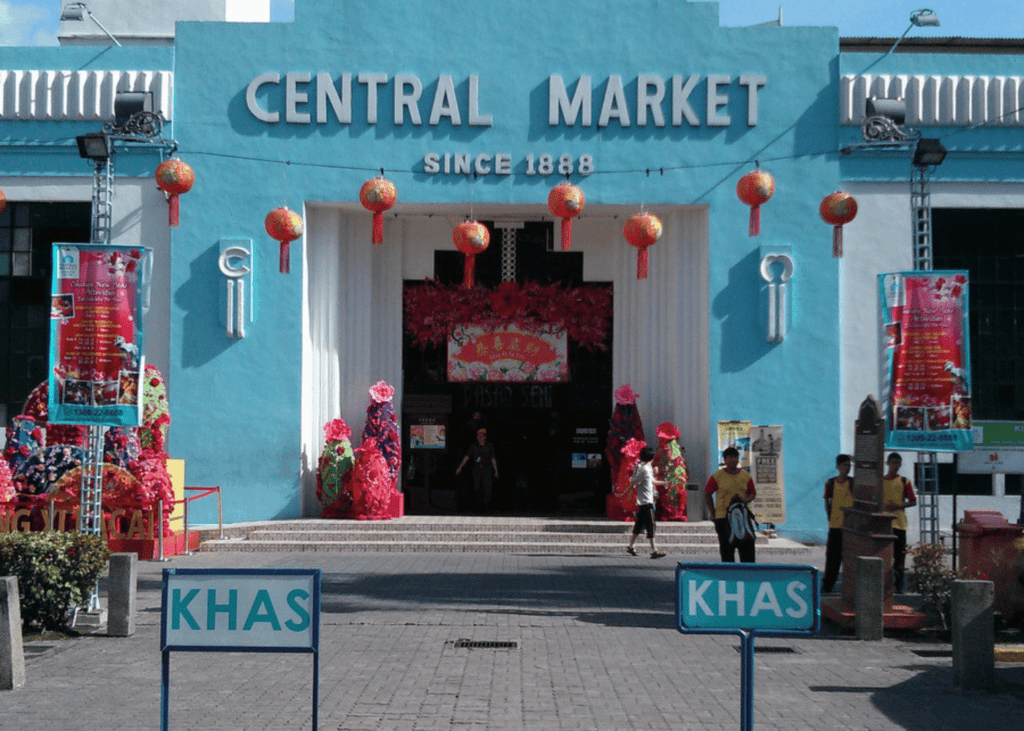
Central Market is a great place to buy batik, pewter goods, and other Malaysian crafts. The market also has a food court offering a variety of local dishes, making it a perfect spot for both shopping and dining.
Sri Mahamariamman Temple
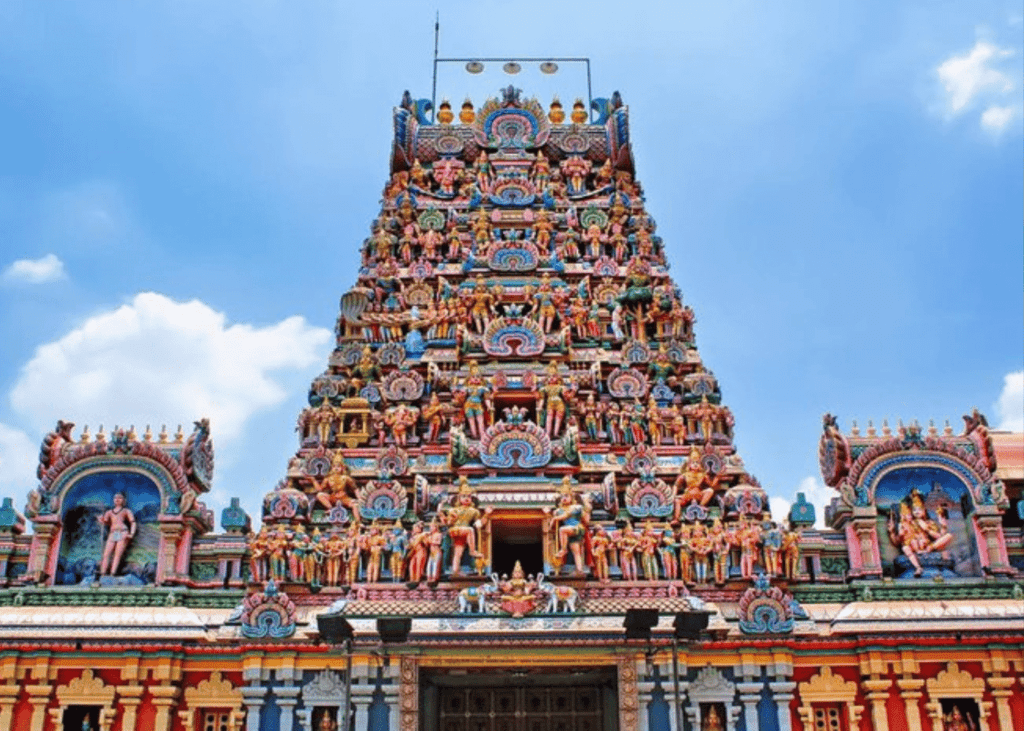
Founded in 1873, Sri Mahamariamman Temple is the oldest Hindu temple in Kuala Lumpur. It’s known for its ornate and colorful gopuram (tower), adorned with intricate carvings of Hindu deities. The temple is a significant cultural and religious landmark, and visitors can admire its stunning architecture and learn about Hindu traditions.
Guan Di Temple
This temple, dedicated to the Chinese God of War, Guan Di, is another important religious site in Chinatown.

It is known for its striking red walls and detailed decorations, the temple provides a tranquil space for prayer and reflection. The high ceilings and traditional design make it a visually impressive place to visit.
Unique Souvenirs and Local Crafts
Chinatown is an excellent place to buy unique souvenirs and local crafts. Items like handmade jewelry, traditional Chinese medicines, and intricate handicrafts are widely available.

Central Market and the smaller shops along the streets offer plenty of options for those looking to take home a piece of Malaysian culture.
Popular Shopping Spots and Tips
Chinatown in Kuala Lumpur has many shopping areas. The main spot for shopping is Petaling Street, also known as Jalan Petaling. Here, you can find clothes, accessories, electronics, and souvenirs, and it’s a fun place to practice your bargaining skills.
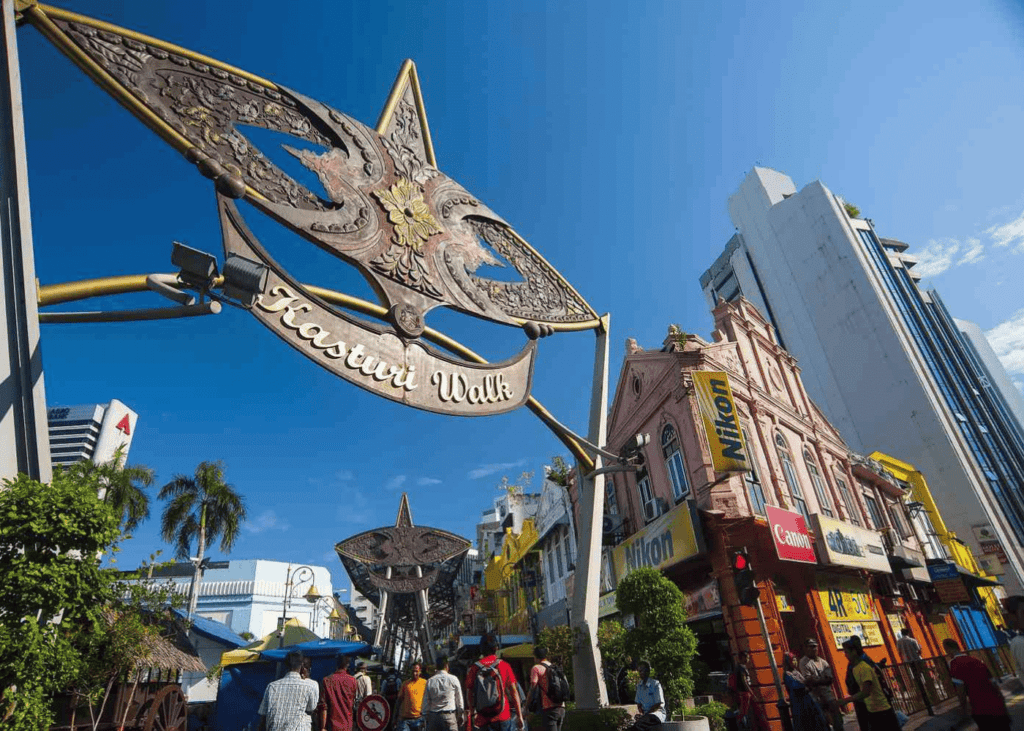
Central Market, or Pasar Seni, is another great place to shop. It’s in a cool old building with many Malaysian crafts, clothes, and souvenirs. You can also see local artists at work here.
The Kuala Lumpur Chinatown Street Market is a lively night market with stalls selling everything from clothes to gadgets. It’s a great place to soak up the nighttime atmosphere of Chinatown.
If you want something unique, check out Annexe Gallery near Central Market. They have clothes, accessories, art, and home decor items from local designers and artists. It’s a great place to find special souvenirs and gifts.
Must-Try Local Dishes in Chinatown Kuala Lumpur
Don’t miss local dishes like Hokkien mee, curry laksa, and beef rendang when visiting Chinatown. Each dish offers a unique flavor of Malaysia’s culinary heritage, blending influences from Chinese, Indian, and Malay cuisine.

Let’s start with Nasi Lemak, Malaysia’s classic dish. It consists of coconut rice with spicy sambal, crunchy anchovies, corn, and boiled potatoes. Some versions include grilled chicken or rendang for extra flavor.
Another preference is Satya. These are grilled chicken or beef patties, seasoned with spices and mixed with sweetcorn, spices, and dishes. Locals and tourists love the sweet, sweet smoke.
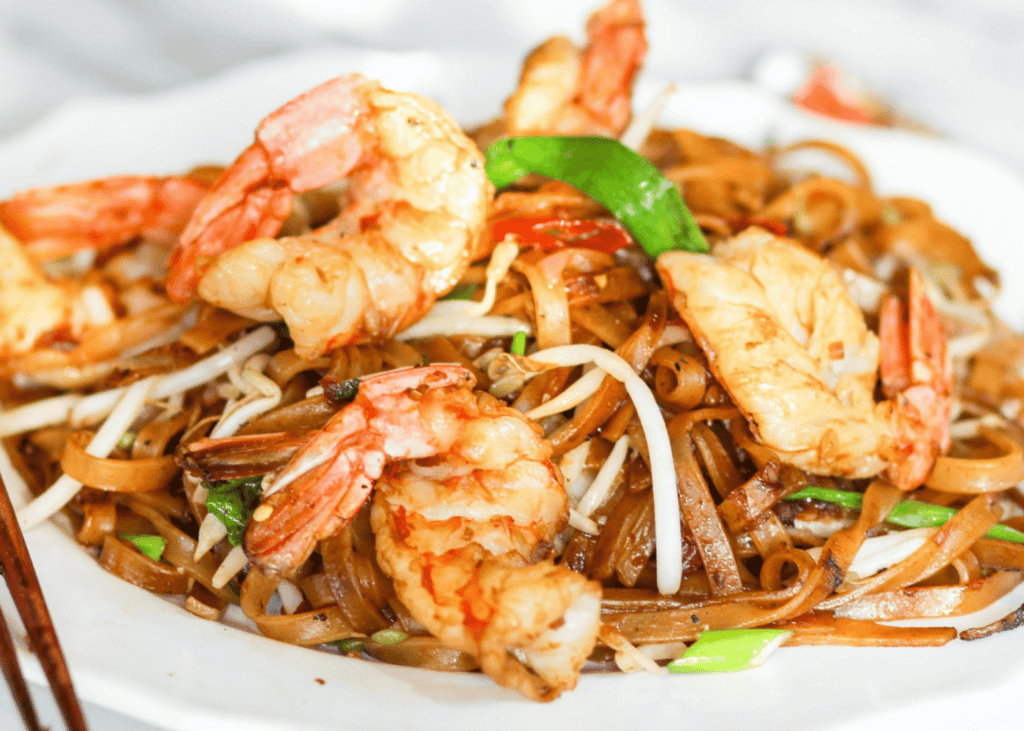
Char kway teow is a popular fried dish with shrimp, Chinese sausage, bean sprouts, and chives. When cooked over high heat, it has a distinctive smoky flavor that is hard to resist.

For a sweet treat, try the banana fritters (Pisang Goreng). These bananas are covered in a light batter and deep-fried until crispy on the outside and soft on the inside. They are a delicious treat.
Ais Kakang is a delicious Malaysian dessert made with red beans, sweet corn, and grass jelly on shaved ice, chilled with condensed milk and a drop of syrup. It is perfect for hot days.
Don’t forget to try the iced coffee (Kopi Ais). Brewed with strong coffee and flavored with condensed milk, it is a refreshing drink to enjoy while exploring the Musk Walk.
Where to Stay in Chinatown, KL?
Chinatown, Kuala Lumpur, offers many places to stay that fit different budgets and preferences. Here are some good options:
Else Kuala Lumpur is a boutique hotel in a restored art deco building. It blends modern amenities with historical charm. It offers easy access to major attractions near Petaling Street and Central Market. The hotel features a rooftop pool, fitness center, and stylish rooms.
Hotel 1915 is a budget-friendly option close to Central Market and Petaling Street. It offers clean, comfortable rooms with free Wi-Fi and air conditioning. This hotel is great for travelers looking for convenience and affordability.
The 5 Elements Hotel is an affordable choice on Petaling Street. It has various room types, including family rooms. Guests can enjoy free breakfast, Wi-Fi, and an on-site restaurant. It’s a good option for different kinds of travelers.
Pacific Express Hotel is a mid-range hotel near Chinatown’s main attractions. It has comfortable rooms with free Wi-Fi, flat-screen TVs, and air conditioning. The hotel also features a rooftop pool, fitness center, and restaurant.
Mingle Hostel is a budget-friendly option in a heritage building. It offers dorms and private rooms with free Wi-Fi. The hostel has a communal kitchen and a rooftop bar, making it a great place to meet fellow travelers.
Hotel GEO is conveniently located near Pasar Seni and Kuala Lumpur railway stations. This mid-range hotel offers spacious rooms with free Wi-Fi, air conditioning, and flat-screen TVs. The hotel also has a restaurant and fitness center, providing a comfortable base for exploring Chinatown.
Final Words on Chinatown Kuala Lumpur
Chinatown in Kuala Lumpur is a lively mix of old and new, offering a unique experience filled with culture, markets, and food. From bustling Petaling Street to serene Sin Sze Si Ya Temple, there’s something for everyone here.
Explore historic Central Market, try local street food, and enjoy cultural events. Chinatown promises a memorable journey through Kuala Lumpur’s diverse culture. Enjoy the sights, sounds, and flavors to appreciate its charm fully.
FAQs Related to Chinatown Kuala Lumpur
Is Chinatown, KL, worth visiting?
Yes, Chinatown in Kuala Lumpur is worth visiting. It’s a vibrant area of history, culture, shopping, and delicious food, offering a unique experience for visitors.
How much is a taxi from Kuala Lumpur airport to Chinatown?
The taxi cost from Kuala Lumpur International Airport (KLIA) to Chinatown (Petaling Street) can vary depending on traffic conditions and the taxi company. On average, it can cost around RM80 to RM100 or more.
Why do tourists visit Chinatown, KL?
Tourists visit Chinatown in Kuala Lumpur for its variety of goods, such as clothing, accessories, souvenirs, and local street food. It’s also known for its cultural attractions, including temples and historical landmarks.
What time does Chinatown KL open?
Chinatown in Kuala Lumpur typically starts bustling early, with shops and stalls opening around 10:00 a.m. However, some places may open earlier, especially for breakfast or morning market activities.
What time does Chinatown close in Kuala Lumpur?
Chinatown in Kuala Lumpur typically starts winding down around 10:00 PM, but specific closing times for shops and stalls can vary.


